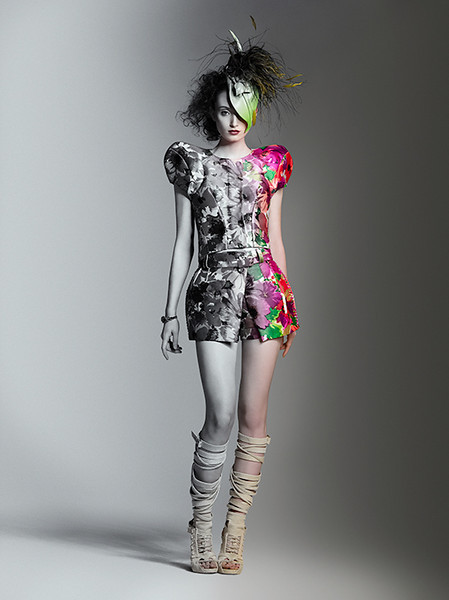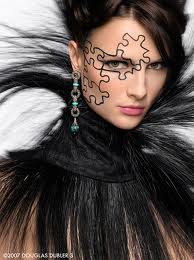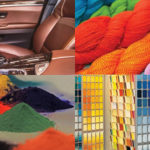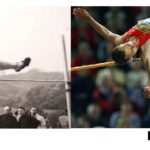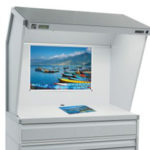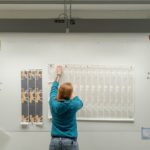November 30, 2011
Fashion, fine art, and controlled lighting
No, this is not a game of ‘which one of these things doesn’t belong’ (although if you thought it was, you should definitely keep reading!) In actuality, fashion, fine art, and controlled lighting couldn’t go together better. But instead of taking our word for it, why not take the word of a world renowned expert?
 GTI has had the distinct honor of being a part of the creative process of fashion, beauty and fine art photographer, Douglas Dubler for many years. Not only does Mr. Dubler use GTI products to create his own works of art, but he also uses GTI products to help teach others about the importance of using controlled lighting in the image editing process. Recently, we had the pleasure of speaking with Mr. Dubler about his work and the role that GTI products play in it. And in case you’re one of the few people in the world who doesn’t know about Douglas Dubler, here’s a little background on the most enviable career in photography and how he came to produce some the most memorable editorial, advertising, and fine art photography images in the industry.
GTI has had the distinct honor of being a part of the creative process of fashion, beauty and fine art photographer, Douglas Dubler for many years. Not only does Mr. Dubler use GTI products to create his own works of art, but he also uses GTI products to help teach others about the importance of using controlled lighting in the image editing process. Recently, we had the pleasure of speaking with Mr. Dubler about his work and the role that GTI products play in it. And in case you’re one of the few people in the world who doesn’t know about Douglas Dubler, here’s a little background on the most enviable career in photography and how he came to produce some the most memorable editorial, advertising, and fine art photography images in the industry.
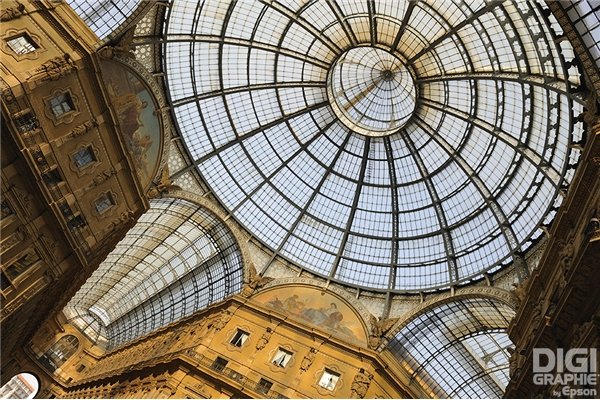 Dubler received his early Fine and Liberal Arts training at Boston University, during which time he began to hone his unique sense of form, color, and composition. His background in sculpting and silk screening gave him the skills, dedication, and attention to detail in producing fine art that later became evident in his photography as well. During his early career, he was mentored by Japanese sculptor Isamu Noguchi, and later, famous American photographer Ansel Adams. Dubler’s career in photography began in the late 60s, photographing underwater life, and then switched to studio photography in the early 70s. He established himself through his work with big name companies such as Kodak, Coca-Cola, Proctor & Gamble, BMW, Waterford, and Johnson & Johnson. During the 70s he worked largely in Los Angeles, specializing in fashion and beauty photography with cosmetic company giants MAX Factor and Redken, as well as consulting and photography on feature films working with several major motion picture studios.
Dubler received his early Fine and Liberal Arts training at Boston University, during which time he began to hone his unique sense of form, color, and composition. His background in sculpting and silk screening gave him the skills, dedication, and attention to detail in producing fine art that later became evident in his photography as well. During his early career, he was mentored by Japanese sculptor Isamu Noguchi, and later, famous American photographer Ansel Adams. Dubler’s career in photography began in the late 60s, photographing underwater life, and then switched to studio photography in the early 70s. He established himself through his work with big name companies such as Kodak, Coca-Cola, Proctor & Gamble, BMW, Waterford, and Johnson & Johnson. During the 70s he worked largely in Los Angeles, specializing in fashion and beauty photography with cosmetic company giants MAX Factor and Redken, as well as consulting and photography on feature films working with several major motion picture studios.
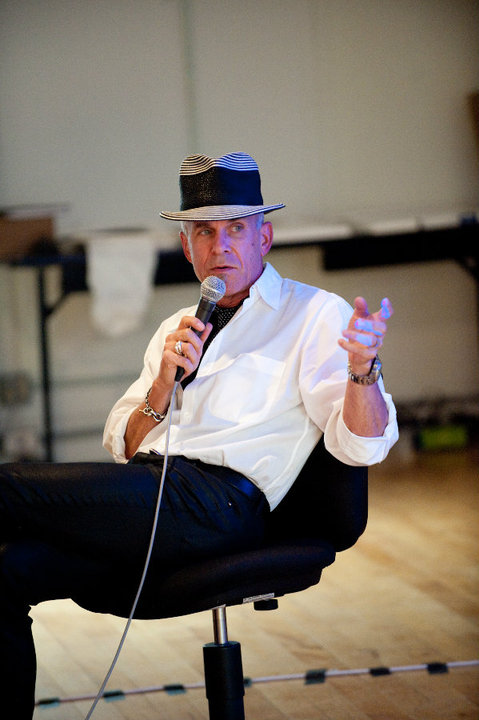
In the early 80s, Dubler opened a new studio in New York where he began work in editorial markets, traveling frequently to Italy for work with major publications Amica, Lei, and Italian Vogue. In the early 90s he began lecturing to professional photographers on commercial fashion photography, beginning with a six country tour in the Far East for FUJI PhotoFilm. He continues lecturing today as a member of the staff at the International Center of Photography in New York City, as well as Rochester Institute of Technology, and a number of other educational venues. In addition to lecturing, he has also been an Olympus spokesman on Fox Channel 5 News, a guest lecturer for Nikon at the Disney Institute, and a speaker at New York’s Photo East as part of a color temperature seminar sponsored by FUJI. His more recent work in digital imaging has focused mainly on his fine art photography, which has been shown in high-profile exhibitions in New York City, and even on the Astrovision screen in Times Square!
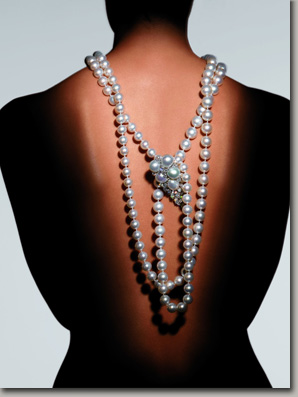 Dubler’s innovative techniques and consistent ability to produce images of unique and superior quality have amassed a client list of major cosmetic companies including Coty, Max Factor, Revlon, Redken, Avon, Charles of the Ritz, Sally Hansen, and Clairol. His editorial clients include the likes of Brooke Shields, Jane Fonda, Shirley MacLaine, Dolly Parton, and Sharon Stone, and his successes have been celebrated by the industry with a long list of prestigious awards. Today, Dubler has active consulting relationships with Epson, Hasselblad, Mamiya, Minolta, Sekonic, Nikon, Olympus, Leaf America, Fuji, Kodak, Balcar, Dyna-lite, Comet and Sinar-Bron. And if those weren’t enough big names for you, he is also producing digital images for LVMH (Louis Vuitton, Moet, Hennessy) for a luxury website including designers Dior, Michael Kors, Ferragamo, Donna Karan, Marc Jacobs, Louis Vuitton, Bulgari, Fendi, and LeClerc Cosmetics. Dubler’s in-depth understanding of light, exposure and film have provided a strong foundation to developing an ultra-high quality approach to photography in all its forms. The ability to meld technology with creative imagery has created some of the most iconographic beauty and fine art images in the world, and has firmly established Douglas Dubler as an innovator and an artist.
Dubler’s innovative techniques and consistent ability to produce images of unique and superior quality have amassed a client list of major cosmetic companies including Coty, Max Factor, Revlon, Redken, Avon, Charles of the Ritz, Sally Hansen, and Clairol. His editorial clients include the likes of Brooke Shields, Jane Fonda, Shirley MacLaine, Dolly Parton, and Sharon Stone, and his successes have been celebrated by the industry with a long list of prestigious awards. Today, Dubler has active consulting relationships with Epson, Hasselblad, Mamiya, Minolta, Sekonic, Nikon, Olympus, Leaf America, Fuji, Kodak, Balcar, Dyna-lite, Comet and Sinar-Bron. And if those weren’t enough big names for you, he is also producing digital images for LVMH (Louis Vuitton, Moet, Hennessy) for a luxury website including designers Dior, Michael Kors, Ferragamo, Donna Karan, Marc Jacobs, Louis Vuitton, Bulgari, Fendi, and LeClerc Cosmetics. Dubler’s in-depth understanding of light, exposure and film have provided a strong foundation to developing an ultra-high quality approach to photography in all its forms. The ability to meld technology with creative imagery has created some of the most iconographic beauty and fine art images in the world, and has firmly established Douglas Dubler as an innovator and an artist.
We spoke to Mr. Dubler to learn about his process. He told us about how essential GTI products are to his work, and what better credentials for a recommendation?! So here you are, straight from the source:
GTI: How do you describe your work to other people?
Dubler: I’m a fashion and beauty and fine art photographer. But I’m really in a unique position in that I only do projects in which I’m involved in the creative content, I don’t contribute to other peoples’ conceptual designs, so I only take projects where I can be creative director and photographer, or at least have a hand in creative direction. So this is unique in that all of my edits are my own, because I have control over the process as a creative director. My orientations are always towards the creative artistic, not financial, which sets me apart from a lot of photographers.
GTI: Tell us a little about how you got to where you are.
Dubler: I’ve been doing this for 40 years. I originally went to school for fine art, to be a sculptor and silk screen artist. I used photo for making my silk screens and then made the shift to photo, so I never took formal [photography] classes in respect to college. My background in fine arts and in color is something that was an advantage and an asset in doing photography.
(About his current industry status:) I’ve taken great intent to become my own creative director – just because people are paying you doesn’t mean they should get to tell you what to do. I’m not commercially motivated, instead I chase creative satisfaction, which has given me longevity in this business.
GTI: What is your favorite type of project?
Dubler: One where I get paid a lot of money and don’t have to listen to other people.
(we chuckled)
I’m serious. Because I’m creative director for all of my own projects, I have a hand in the entire process. Everything I do is representative of me, so I’m involved in every step of creating my work, and I make the decisions about what final project people will see.
GTI: Is there one specific project that in your career so far has been particularly significant to you? Why?
Dubler: I’ve done so many things I’m proud of, but if I had to choose… I did a calendar project for FUJI in 1986 that was a really big success. We spent eight months doing the project, and I got great recognition for it. It helped me realize what direction I really wanted to take my career (in terms of having creative control.)
GTI: Tell us something unique about your line of work.
Dubler: People think that what I do is all glamorous and fun and games, but they have no idea of the planning and preproduction and the hard work that goes into creating the kind of photographs that I do. At this point it’s really a merging of your creative concepts with the technology, you have to keep up with the technology to be on top of your game. I need to know as much about everything I do as everybody working for me doing it. People say they don’t have time to learn everything, but time is not an excuse for [not] knowing about all of the technology that is involved in the process. 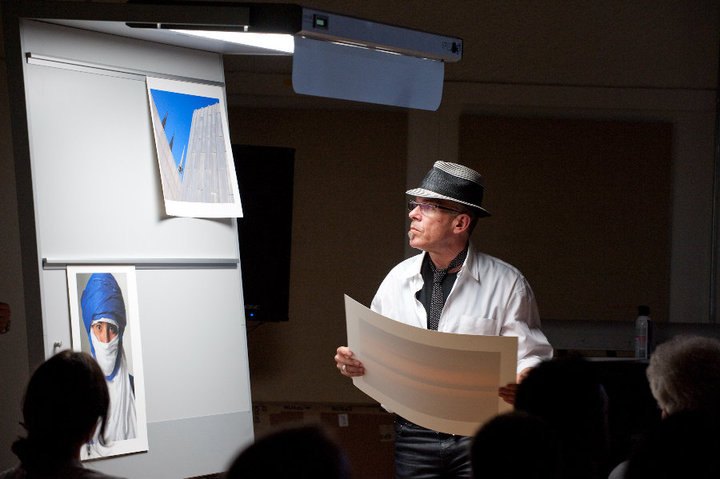
GTI: What GTI products do you use?
Dubler: I’ve used them for at least 25 years, originally for evaluating film. I use many different sizes of [viewing systems] which have become an integral part of my work.
GTI: What do you use these products for?
Dubler: What the print looks like is the most important part, if you’re going through the trouble to create custom profiles, you need a standardized, consistent light source to be able to evaluate. The goal of color management is to be able to match the image you see on a monitor to a printed image, and that is precluded without the light source. I eliminate all other variables in the process and it becomes fairly easy when using standardized lighting, which is why I stress the importance of that light source, without it I don’t really know what color the print is, beyond what the average viewer can see. I would not be able to see those differences were it not for a good light source.
GTI: Why do you feel that GTI products are so helpful? How do you show this to people in your lecturing?
Dubler: As far as I’m concerned there is no competitor. I teach people by showing them, I show them the prints side by side. I just put in front of people the best tools and they can determine from the quality of my work and my results whether that works. 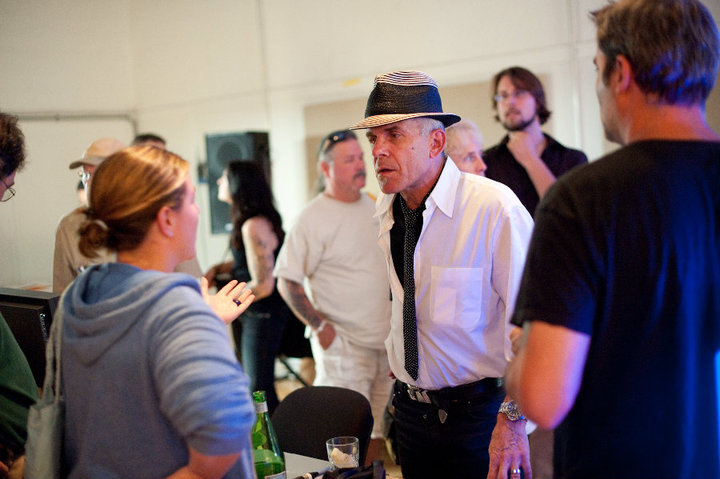
GTI: What are your thoughts for people who are performing critical visual assessments without controlled lighting?
Dubler: They’re wasting their time. There’s no way that you can do that. There’s no consistency in anything BUT a standardized light source.
GTI: Any special tips or tricks you’d like to give other people?
Dubler: Read the book Real World Color Management by Bruce Fraser and Chris Murphy.
GTI: Are there any other types of GTI products you’d like to see in the future?
Dubler: No I think you do a pretty good job of product development and keeping on top of industry demands, and making them [the products] portable when possible. These things do their job quite well.
GTI: Our message at GTI is True Light, True Color. What does ‘true color’ mean to you?
Dubler: Presupposing good color vision, the human factor is hard to overcome. The issue is to match the computer monitor to the print, when those two things match to my eye, I’ve achieved the objective of color management. True color for me is being able to eliminate the variables and match the monitor to the image that comes out of the printer.
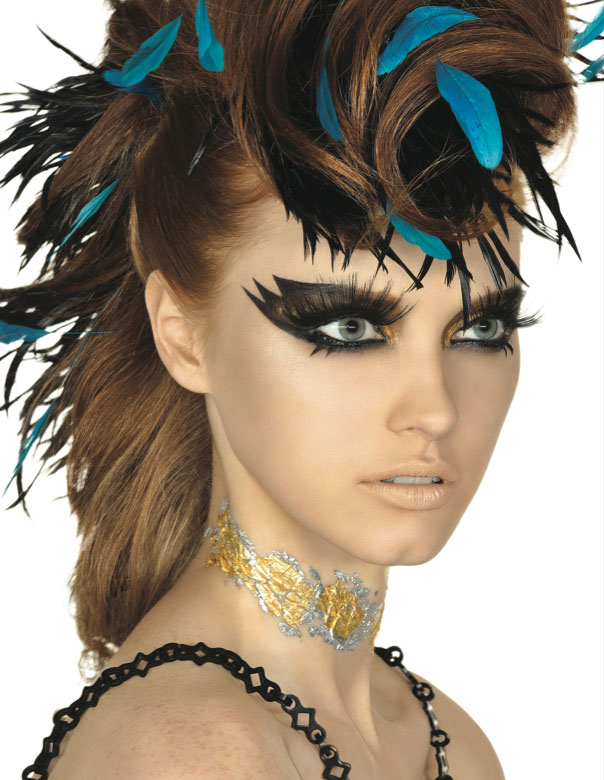
And there you have it, the recommendations of the consummate photography pro. If you still don’t believe that controlled lighting is essential, well, Dubler said it best: you’re wasting your time!
For a more detailed background on Douglas Dubler, his accomplishments, and lookbooks, visit his website.
All images are copyright of Douglas Dubler.
Never miss an enLITEning article from GTI!
Sign up for our newsletter for more Lite Reading

